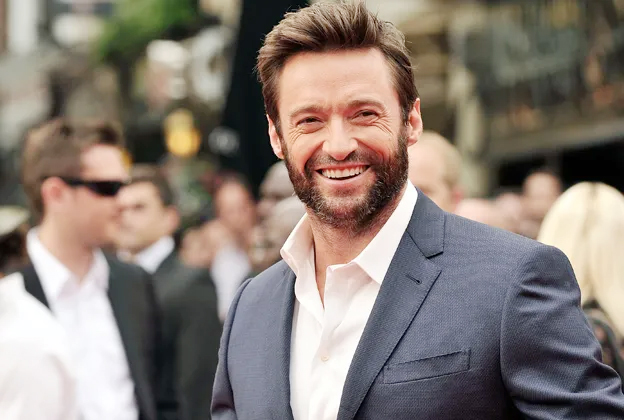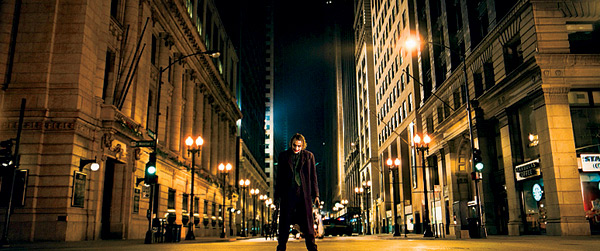innovuscollege – “Furious 7,” released in 2015, marked a pivotal moment in the Fast & Furious franchise, intertwining high-octane action with deep emotional undertones, largely due to the tragic passing of beloved star Paul Walker. This article delves into the behind-the-scenes efforts that shaped the film, exploring its production challenges, technological innovations, and the heartfelt tribute that resonated with fans worldwide.
A Tragic Turn: Paul Walker’s Passing
The production of “Furious 7” was profoundly impacted by the sudden death of Paul Walker in November 2013. Walker, who played Brian O’Conner, was a core member of the franchise, and his passing left the cast and crew heartbroken. Filming was paused for a significant period, and the team faced the daunting task of reworking the script to honor his memory while ensuring continuity in the storyline.
Script Revisions: The original script underwent substantial changes to reflect Walker’s absence. The writers focused on themes of family, friendship, and loss, culminating in a narrative that paid tribute to Brian O’Conner’s legacy.
Advanced Technology and CGI
Given the circumstances, the filmmakers turned to cutting-edge technology to complete Walker’s scenes.
Digital Effects: Weta Digital, renowned for its work on “The Lord of the Rings,” was brought in to help create a digital version of Walker. The team employed advanced CGI techniques to recreate his likeness, ensuring his character remained integral to the story.
Using Stand-Ins: Walker’s brothers, Caleb and Cody, served as stand-ins during filming. Their physical resemblance and mannerisms helped the production team capture Brian’s essence, enabling them to incorporate real footage alongside CGI enhancements.
Editing Complexity: The integration of CGI with live-action footage posed significant challenges for the editing team. They meticulously crafted scenes to ensure a seamless blend of effects and performances, striving to maintain the authenticity of Walker’s character.
A New Direction: James Wan Takes the Helm
After Justin Lin’s departure from the franchise, James Wan was brought on as the new director. Known for his work on horror films like “The Conjuring,” Wan infused “Furious 7” with a fresh visual style and emotional depth.
Visual Storytelling: Wan emphasized dynamic camera movements and creative angles, enhancing the film’s dramatic moments. His approach brought a new level of intensity to the action sequences while exploring the emotional weight of the story.
Character Development: Wan focused on the relationships between characters, particularly the bonds of family and friendship that underpin the series. This focus allowed for a richer narrative that resonated deeply with audiences.
Spectacular Stunts and Action Sequences
“Furious 7” is celebrated for its extravagant stunts and thrilling action sequences, many of which were meticulously planned and executed.
The Car Drop Scene: One of the film’s most memorable moments involves cars being dropped from a plane. This scene required extensive preparation and coordination, with the production team conducting tests to ensure safety and realism.
Abu Dhabi Skyscraper Jumps: The sequence where cars leap between towering skyscrapers in Abu Dhabi showcased both technical ingenuity and visual spectacle. The production team utilized a mix of practical effects and CGI to create a stunning and exhilarating experience for viewers.
Practical Effects Over CGI: Wan preferred practical effects whenever possible, emphasizing real stunts performed by the cast. This commitment to authenticity added a tangible thrill to the action, making it more engaging for audiences.
A Cultural Homage
“Furious 7” also served as a celebration of the franchise’s global appeal, featuring diverse locations and cultures.
Global Filming Locations: The film was shot in various international locations, including Abu Dhabi, Tokyo, and Los Angeles. Each setting added richness to the story and showcased the series’ wide-reaching fanbase.
Themes of Family and Unity: The emphasis on familial bonds resonated deeply, reflecting the franchise’s core values. This connection to real-world themes helped the film transcend traditional action movie tropes, allowing it to reach a broader audience.
An Emotional Farewell
The film’s conclusion serves as a poignant tribute to Paul Walker, encapsulating the themes of loss and remembrance.
Final Scene: The climactic farewell between Dom (Vin Diesel) and Brian (Paul Walker) was crafted with care, portraying their deep bond. The scene was infused with genuine emotion, reflecting the cast’s real-life grief and love for Walker.
“See You Again” Tribute: The song by Wiz Khalifa featuring Charlie Puth became an anthem for the film, enhancing its emotional impact. The music video, which features scenes from “Furious 7,” resonated with fans and became a worldwide hit, further solidifying Walker’s legacy.
Conclusion: Resilience and Unity
Behind the scenes of “Furious 7” lies a story of resilience, creativity, and love. The production team faced immense challenges but ultimately succeeded in creating a film that honors Paul Walker’s memory while delivering the thrilling action and heartfelt moments fans have come to expect. The legacy of “Furious 7” endures, reminding us of the power of family, friendship, and the enduring spirit of those we’ve lost.





